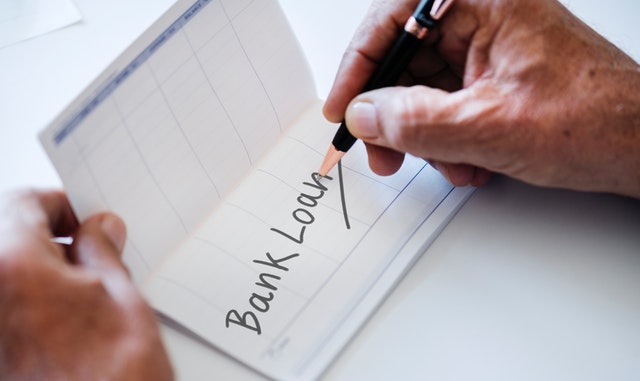How To Crowdfund A Renovation Project
 Crowdfunding came into prominence with the Jumpstart Our Business Startups (JOBS) Act that President Obama signed into law during 2012 and subsequent enhancements. The JOBS Act made it easier for startups to raise money and for the first time allowed the legal ability to advertise the investments and accept small investors.
Crowdfunding came into prominence with the Jumpstart Our Business Startups (JOBS) Act that President Obama signed into law during 2012 and subsequent enhancements. The JOBS Act made it easier for startups to raise money and for the first time allowed the legal ability to advertise the investments and accept small investors.
Innovate And Renovate
Crowdfunding is useful for many projects. The method raises money to create new products, make documentary films, and for many kinds of fashion items. Crowdfunding successfully raises money for real estate transactions.
Smaller investors participate in real estate projects that they would otherwise not have enough investment money to create on their own. They may invest a few hundred or a few thousand dollars. When their smaller investment money combines with all the others, the project raises enough money.
One thing that makes crowdfunding projects work is their popularity. Affinity groups who have a special interest in certain things invest money in projects related to something that they like.
One application of this motivational factor is to raise money using crowdfunding to renovate buildings with a historical value or that otherwise attract the interest of the public. The process does not have to start with money. It can start with crowd sourcing ideas.
The CLUE® Mansion
A fun example is the Hasbro Company teamed up with Houzz to get innovative ideas from interior designers about how to renovate the CLUE® Mansion. The mansion is a backdrop for the popular board game.
This promotion celebrates the game’s 70th anniversary. The mansion’s style in the game stayed the same since the game debuted in 1949. The winning room designs, selected by fans, will be part of a new version of the game.
There is no reason to stop there. A real mansion can be renovated to match the game. This could be a CLUE® museum and could offer escape rooms as a money-making enterprise. This is just an idea at this moment. Perhaps, someone will take this up and run with it.
Crowdfunding Renovations
The point is, historic buildings that are of interest may need renovation funds that can be raised using crowdfunding. Those who have an interest in the building from the local community and elsewhere can support the project by investing in the renovation with a small comfortable amount.
Summary
Renovation projects are not easy to finance using traditional lenders. However, if a thousand people invest $100 each that is $100,000 for a renovation project in your community. Paying back the loan can come from a portion of the entrance fees.
Hopefully, this will spark continued interest in preserving and restoring historic homes, which are a terrific part of the American heritage.
If you are interested in learning more about current financing options, be sure to consult with your trusted home mortgage professional.

 A simple way to save money is to pay an extra monthly payment each year and ask the lender to apply the extra payment to reduce the principal amount owed. On a 30-year mortgage, the loan pay-off date is more than two and one-half years sooner, reducing the total interest paid by about 10% percent.
A simple way to save money is to pay an extra monthly payment each year and ask the lender to apply the extra payment to reduce the principal amount owed. On a 30-year mortgage, the loan pay-off date is more than two and one-half years sooner, reducing the total interest paid by about 10% percent. A reverse mortgage is a way to use the equity value that built up in a home to improve the quality of life for those who have appropriate circumstances when they reach the retirement age of 62 or older. With a reverse mortgage, a person continues to live in their own home and retains the title to it but does not have to make any monthly reverse mortgage payments.
A reverse mortgage is a way to use the equity value that built up in a home to improve the quality of life for those who have appropriate circumstances when they reach the retirement age of 62 or older. With a reverse mortgage, a person continues to live in their own home and retains the title to it but does not have to make any monthly reverse mortgage payments.